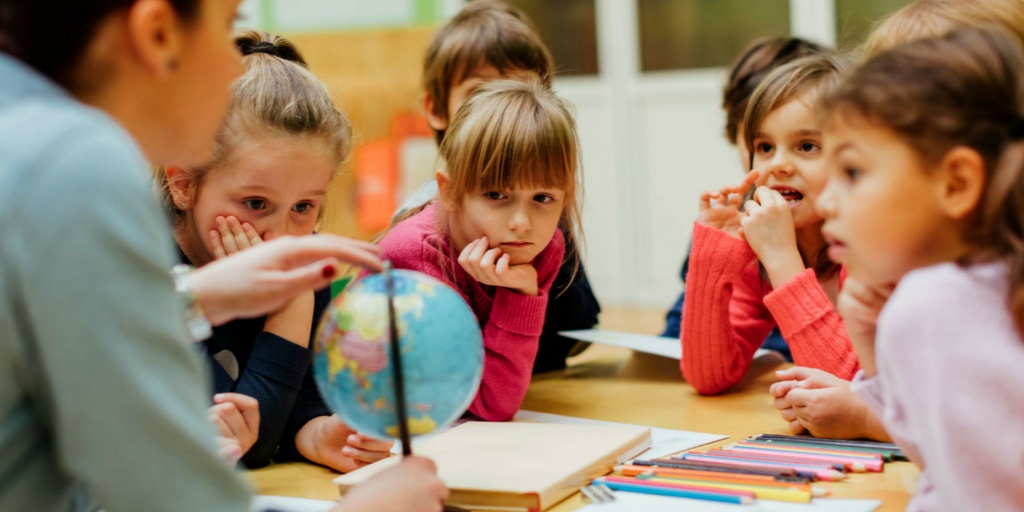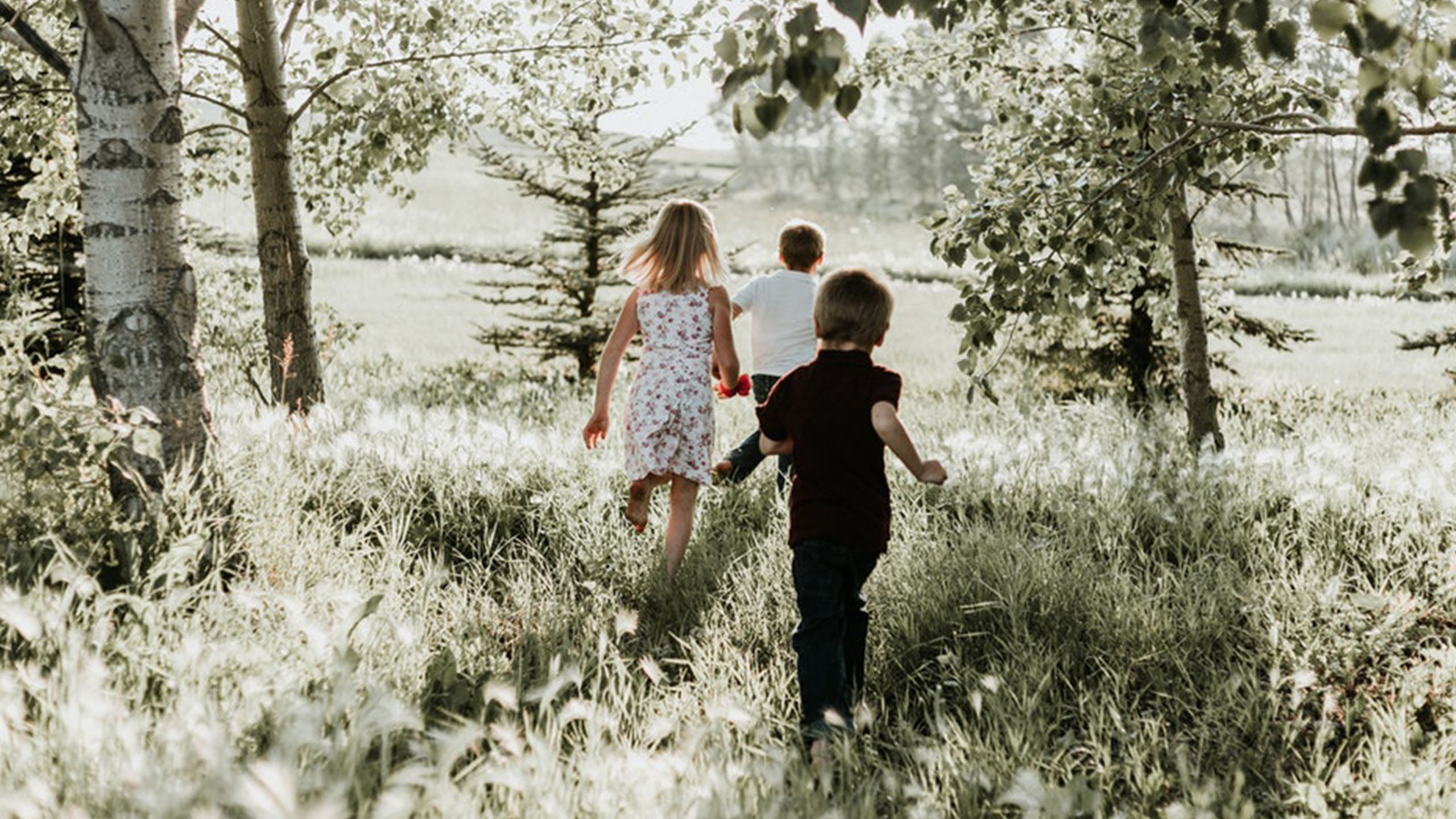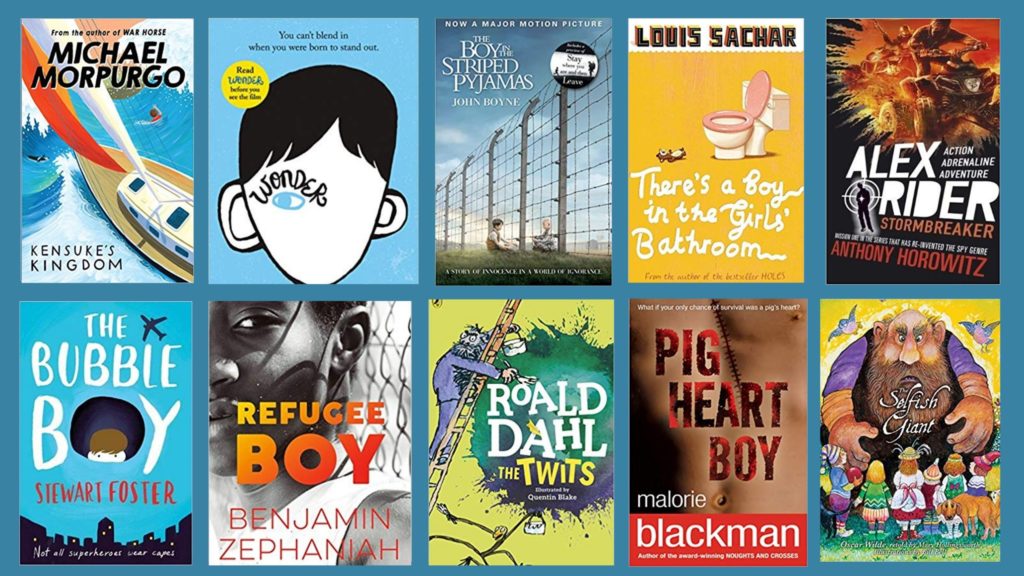Why is a balanced curriculum an essential tool for educators?

“How wonderful it is that nobody need wait a single moment before trying to improve the world?”
– Anne Frank
These are the wise words of a young teenager destined to die in a German concentration camp in 1945. Despite this, she never gave up hope and it is stories like hers that must motivate us into improving the world in this challenging global and political climate.
We are all educators at heart, whatever background we come from. In some form or another, we are teaching constantly. It may be something as simple as showing someone how a boiler works or a parent/ carer showing a child how to ride a bike – it is still teaching!
Just as we need to create and also be lifelong learners, we need to be lifelong teachers. Through teaching ideas, concepts, skills, collaborating and sharing them with others, we can improve the world and make it a better place for every child regardless of their background!
Cheesy right! I know but everyone can make a difference in changing the lives and opportunities of children and their families, no matter who they are and where they come from.
When a child is born, whether it is a he or a she, quite a lot of their experiences and opportunities in life are already means tested. The child that is born into poverty or vulnerable circumstances will have limited views of the world already – as they may not have access to the best education or the money to experience the theatre or far flung holiday destinations that will enrich them and widen their horizons.

“The fact that a child or their family may not be able to afford things, does not mean that they don’t want to experience or be exposed to them.”
Whether you are an early years practitioner or a primary/secondary school teacher, your influence is paramount on a young person’s life, as you help shape their view of the world and support then in making the right choices for themselves and their families. The fact that a child or their family may not be able to afford things, does not mean that they don’t want to experience or be exposed to them.
Our job is to provide them with opportunities that are rich and vibrant that aren’t just available to people and families with money. You can do this by delivering a broad and balanced curriculum through osmosis!
In a series of blog posts, I will explore the different ways that you can deliver a broad and balanced curriculum in your classroom:
The Enabling Classroom
For all children, the classroom is their workplace and is the silent teacher. Ensure the learning environment is well organised and tidy as you are modelling an effective workspace. Try to have a print rich environment with clearly labelled areas and objects of curiosity and information that inspires young people to think deeper.
For an EYFS child, it may be their first experience of reading letters and words. By learning to read, every child can succeed as they can access the wider curriculum. For a young teenager, it may be a poster that they have seen in the classroom or school that has inspired a particular career choice or maybe encouraged them to read a particular book.
The enabling environment is integral to their learning! Try to make your classroom bespoke just like your home and choose people, quotes and resources that have challenged you to think deeper (rather than selecting lots of printed materials from teaching resource websites). Explain how they have made impact on you. You will be surprised how much of an impression it makes on young minds.
Exposure to Wider Literature and Media
Today’s children are exposed to a wide variety of media either through newspapers, television and social media e.g. Twitter and Facebook.
Many maybe confident on how to use them but may not have developed the critical skills that allow then to challenge thoughts and ideas that may not be appropriate or to take om ideas that are great. This is especially so in an era where fake news tends to dominate some of our headlines.
Teach them to be discerning and to safeguard themselves. Introduce them to social media profiles that have good and positive discourse, books and articles that you may have read or documentaries that you have watched that have made you think harder about doing things better. Feed them into to your lessons. Even if you are a Chemistry teacher – and it has nothing to do with Chemistry – use it still. It will make your pupils think harder about being better people!

Experiences
Try to take children on trips. They are hard work for teachers and exhausting but deeply memorable for the child. Many families often do not have the resources to go to events or places. Things like going to the opera, ballet, skiing or even the Chelsea Flower Show are still far too expensive for children to visit and continue to be the reserve of the rich.
Organise trips to such places so that it gives the children opportunities to see another world that may not necessarily be available to them, particularly if they are poor.
Teach them about their local area and use it in your teaching and learning. Many children are sometimes not aware of their local resources and how they can enjoy them – sometimes for free!
“…discuss with students what they can do to help and how to sustain the support.”
If you have pupils from affluent backgrounds – introduce them to poverty stricken areas or situations that are complex and difficult. Share with them what things are being put in place to change things and more importantly discuss with students what they can do to help and how to sustain the support.
Play music from around the world, opera or classical music when they are studying so they are exposed to such influences. Introduce them to world cinema and foods from different parts of the world throughout their school life.
Primary teachers, (unlike secondary school teachers who have to try to work within their subject), can set home learning which is linked to experiences. Things like the National Trusts 50 things to do before you are 11 and ¾ is a lovely resource to use as it encourages children to develop skills beyond using digital devices. (See below for the link).
Some may like these experiences, some may not- but you are giving them a choice that they can make for themselves.








Responses